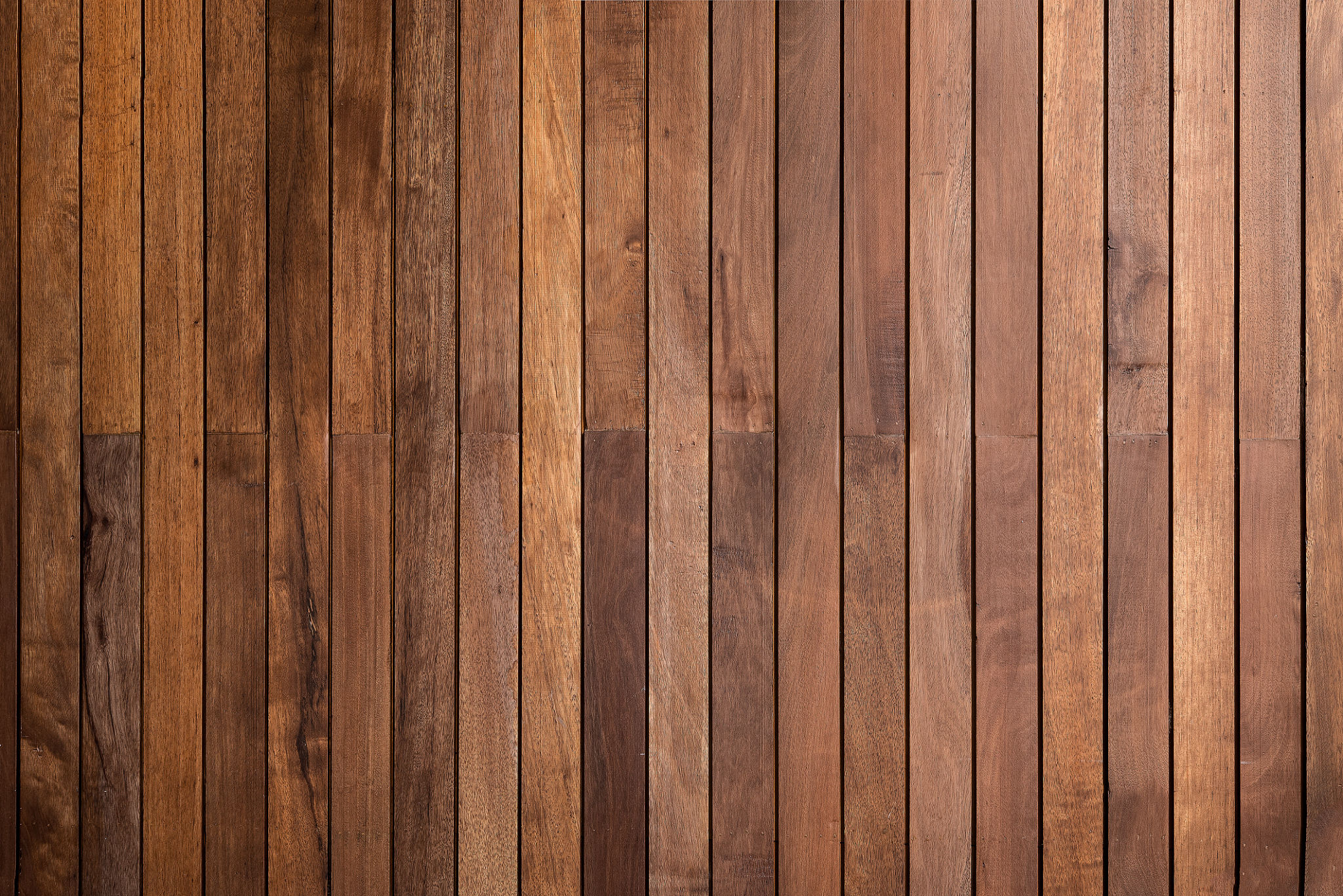How to Maintain Your Timber Decking for Longevity
WC
Understanding Timber Decking
Timber decking is a popular choice for outdoor spaces due to its natural beauty and versatility. However, to ensure its longevity, it requires regular maintenance. Understanding the properties of timber and how it interacts with environmental factors is crucial to keeping your deck in top condition.

Regular Cleaning
Routine cleaning is essential for maintaining timber decking. Dirt, leaves, and debris can accumulate between the boards, promoting mold and rot. To prevent this, sweep your deck regularly and wash it with a mild detergent solution. A soft brush or broom is ideal for scrubbing the surface without causing damage.
For more stubborn stains, consider using a pressure washer on a low setting. Be cautious, as too much pressure can harm the wood. Regular cleaning not only enhances the appearance of your deck but also helps in identifying any areas that may require repair.
Sealing and Staining
Sealing your timber decking is an excellent way to protect it from moisture and UV damage. A high-quality sealant will create a barrier against water penetration, reducing the risk of warping and cracking. It's recommended to reseal your deck every 1-2 years depending on the local climate and exposure to elements.

Staining your deck enhances its natural color and adds an extra layer of protection. Choose a stain that complements your outdoor aesthetic while offering UV protection. Apply the stain evenly with a brush or roller, allowing it to dry thoroughly before use.
Inspecting for Damage
Regular inspections are vital for catching potential issues early. Look for signs of rot, cracks, or loose boards. If you notice any damaged areas, address them immediately to prevent further deterioration. Replace any broken or rotting boards and tighten loose screws or nails to maintain structural integrity.
Timber decks are particularly susceptible to insect damage. Termites and wood-boring beetles can cause significant harm if left unchecked. Consider using a wood preservative that includes insect repellent properties as a preventative measure.

Weather Protection
Protecting your deck from the weather is another crucial aspect of maintenance. During heavy rain or snow, ensure that water does not pool on the surface. This can be achieved by maintaining a slight slope for drainage and ensuring that gutters and downspouts direct water away from the deck.
In regions with harsh winters, remove snow promptly to prevent moisture damage. Use a plastic shovel to avoid scratching the wood, and apply a deck-safe ice melt product when necessary.
Conclusion
Maintaining your timber decking requires regular attention and care, but the rewards are well worth the effort. By implementing these maintenance practices, you'll enjoy a beautiful and durable outdoor space for years to come. Remember, the key to longevity is consistent upkeep and timely repairs.
